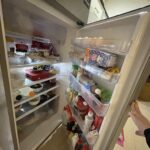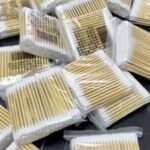Did you know that traditional paper receipts are often coated with toxic chemicals, making them non-recyclable? Reduce, reuse, and recycle – that’s the way to cut down on waste and save our precious planet!
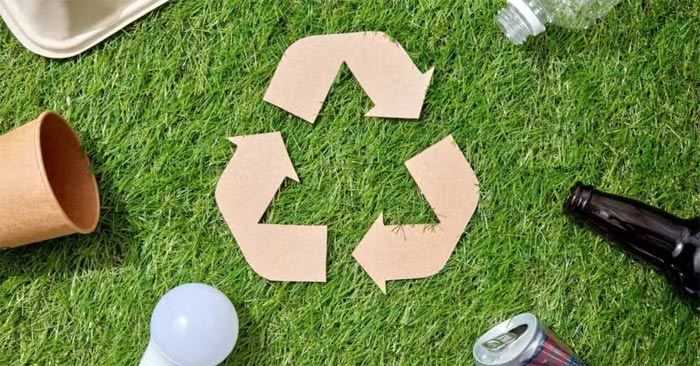
However, while reducing and reusing can be easy, recycling isn’t always as straightforward. The first hurdle is knowing what belongs in the recycling bin.
Surprisingly, many household items cannot be recycled. And if you make a mistake when sorting your waste, you could be doing more harm than good.
Want to improve your waste-sorting skills? Read on to discover the items that can’t be recycled and what you can do with them.
Non-Recyclable Items
Styrofoam
Styrofoam is used in many products we encounter daily, such as packaging foam, egg cartons, takeout containers, and cups.
- The first issue with Styrofoam is that it’s mostly made up of air, about 95%. So, while it’s great for keeping your packages nice and safe, it takes up more space than it’s worth when being transported anywhere.
- The second and most significant problem with Styrofoam is its sponginess. As it’s widely used in the food industry, it absorbs whatever it comes into contact with and is difficult to clean.
- Lastly, recycling Styrofoam is complex and labor-intensive, with little financial incentive. As a result, you won’t find many recycling facilities accepting Styrofoam.
Instead, try to minimize your use of Styrofoam in your daily life.
Toothpaste Tubes
Traditional toothpaste tubes are not just made of plastic. Instead, they often consist of multiple layers of different materials, helping to keep the toothpaste fresh as you brush.
However, this design also makes recycling challenging because separating these layers is too labor-intensive. Since recycling toothpaste tubes isn’t always feasible, most of the 1.5 billion tubes used annually end up in landfills or the ocean.
Currently, many major toothpaste brands are moving towards recyclable tubes made from HDPE, one of the most commonly recycled plastics. So, next time you grab a toothpaste tube, check if it’s recyclable!
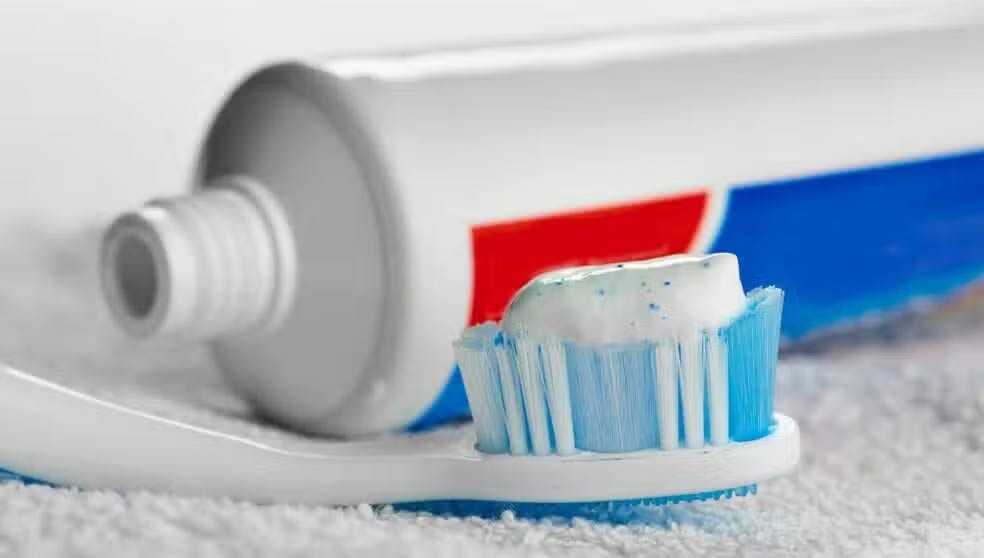
Children’s Toys
Sadly, most children’s toys outlive their owners by centuries, ending up in long-forgotten landfills.
They are mostly made of hard plastics such as acrylonitrile butadiene styrene (ABS) or polypropylene (PP) – the kind that only shatters under significant force.
The downside? These plastics often contain additives and chemical treatments that complicate the recycling process, making them difficult to biodegrade or reuse.
Additionally, there are complex toys made from a mix of materials – wood, electrical wires, metals, and various plastics like polycarbonate or PVC – which are nearly impossible to separate for proper recycling.
One smart way to “recycle” children’s toys is to donate or give them away to those in need.
Pyrex Glass
The advantage of Pyrex glass is that it’s specially treated to withstand high temperatures. This is why Pyrex is the go-to material for excellent cookware, but it can be an issue in the recycling process.
At temperatures that would melt regular glass, Pyrex can still hold its shape. If you break or chip Pyrex glass, unfortunately, you can’t toss it into the recycling bin, and it will have to go into the trash.
Remember to wrap the broken pieces in newspaper to protect waste handlers.
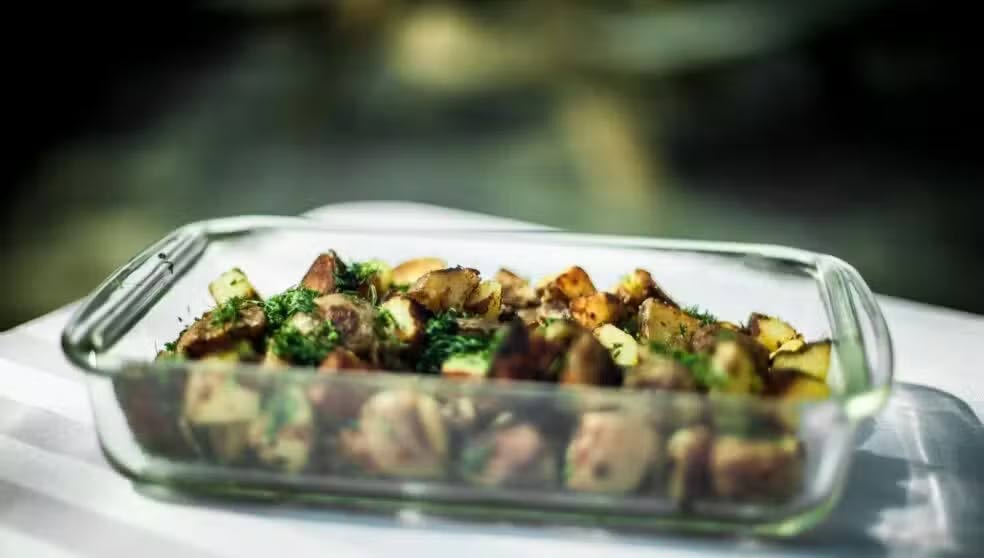
Shopping Receipts
Every time you shop, you’re likely to receive one of those thermal paper receipts. And sure, they start to pile up over time. However, unlike regular paper, these receipts cannot be recycled.
Shopping receipts are usually printed on paper coated with bisphenol-A (or bisphenol S), a toxic chemical that makes recycling difficult.
You can’t even compost these receipts because those toxic chemicals could leach into the soil. They’re also pretty useless as they fade quickly! You can decline shopping receipts if you don’t need them, or better yet, request an electronic receipt.
The Ultimate Guide to Slashing Your Energy Bills: 3 Fridge Essentials
The efficient use of refrigerators to save energy is a topic of interest to many. With rising energy costs and a growing awareness of environmental sustainability, it’s no wonder that homeowners are seeking ways to optimize their refrigerator usage. The key lies in understanding the intricacies of these appliances and employing strategic practices to reduce energy consumption without compromising on functionality. This introduction sets the tone for an informative guide that promises to empower readers with practical tips and insights for achieving energy efficiency in their refrigerator usage.
The Mighty Cotton Swab: 4 Surprising Uses for This Household Hero
Introducing the humble cotton swab, a versatile tool that goes beyond simple ear cleaning. There’s more to this handy item than meets the eye. From precision tasks to creative endeavors, cotton swabs have a myriad of uses that can make your life easier. Let’s explore the unexpected ways this simple invention can enhance your daily routine and unlock a world of convenience.


























